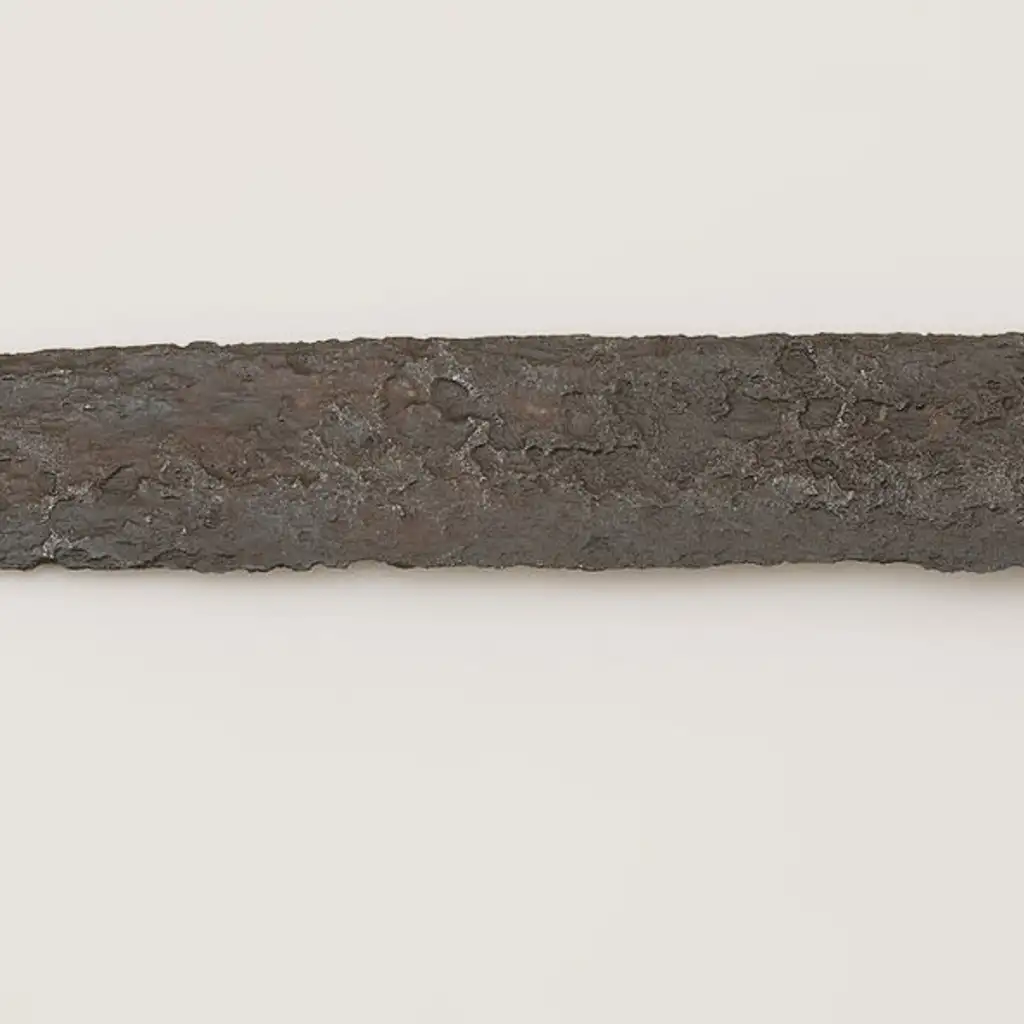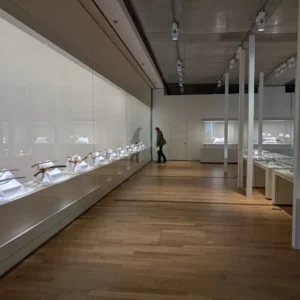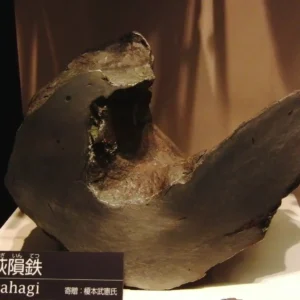An early medieval sword thought to have Viking origins, dated from the 9th or 10th century, has become a most interesting addition to the Army Museum in Białystok, Poland. The extraordinary artifact was found more than two years ago by museum employee Szczepan Skibicki, when he was diving in the Supraśl River.
Skibicki found the sword at an erosion bend in the river where sand had washed away. He said, “At a depth of about 120cm [four feet], I noticed an intriguing object that turned out to be a sword! It was the first and only time I shouted for joy underwater.” Having been trained in a museum by Skibicki, he knew how to take proper possession of an article and notify proper authorities.
The sword is considered to have been manufactured probably in the late 9th or early 10th century from materials connected to Baltic or Viking cultures. Although there was no significant Viking presence in Poland, archaeological evidence testifies to the Vikings being active in important administrative and commercial centers during that time. The individual hilt design alerts us to Viking craftsmanship subtly modified perhaps by Baltic communities.
Dr. Ryszard Kazimierczak from Nicolaus Copernicus University in Toruń highlighted the sword’s rarity and cultural significance, referring to its peculiar shape and the retaining of organic matter along the hilt, which is uncommon for artifacts of this age. “We believe there is a strong possibility that a battle occurred by the river, and the sword ended up in the water along with its owner,” Kazimierczak mentioned.
Historical Context and Preservation
The blade has markings of an ancient fight, so ea micro-crack, a scratch, and a splinter, all pointing to combat, and the Army Museum head Robert Sadowski provided a statement: “This middle area shows how time and use have affected it. When such swords were used, the central part took the hit most so that the now-existing wear and tear can be seen.”
The sword was placed under the legal protocol of the Provincial Conservator of Monuments prior to its official accession into the Army Museum’s collection. After this, the sword was handed over to the experts of the Institute of Archaeology of Nicolaus Copernicus University for conservation.
How fascinating; this discovery will add to the museum collection and also create a direct tangible connection to those historical interactions of the region with Viking and Baltic cultures, shedding light on combat and cultural exchanges as they stood for the time.







